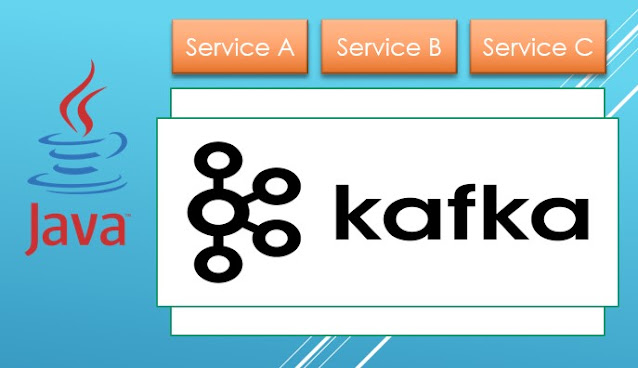How To Synchronize Database Using Navicat

Navicat is a database management tool provided by Premium Soft. I like Navicat so much, it is cool, easy to use and really fast in performance, i mean if i compare with like for example Workbench, it is outperformed it. And Navicat has lot of cool features, one that i really like much is the tool which we can synchronize the database from our local development computer to our server production, when you don't need to manually like for example changing or adding your database structure. There are 2 different synchronizing tools, the one is for synchronizing the structure, second is for synchronizing the data. 1. To synchronize your database, the first thing you need to do is connect both your localhost and your server. 2. Go to Tools menu and select either Data synchronization or Structure synchronization 3. On Source section choose your most updated database, and on target choose the database that you want to update 4. Click next, then compare, wait until it finish the p




